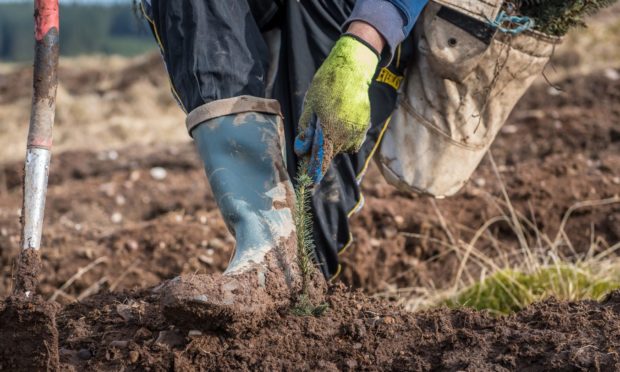The drive to plant trees and create new areas of woodland in the fight against climate change is a key factor in demand for Scottish land, claims Savills.
The land agency said the number of Scottish estates sold in 2021 for natural capital purposes, including woodland creation, increased threefold from 2020.
“The market for Scottish rural estates is always modest, in terms of transaction numbers, but it has been particularly active in recent months,” said Savills head of rural agency in Scotland, Evelyn Channing.
“During the second half of 2021, some extraordinarily high prices have been reported, including sales to well-funded parties buying primarily for environmental reasons.”
She said a pro-active and growing pool of buyers -including investors, institutions and individuals – was now in the market for large land holdings to carry out woodland creation, peatland restoration and ecological restoration schemes.
“While some purchasers’ primary motivation may be to generate validated carbon credits, many of our buyers also perceive value in the co-benefits of investing in nature – for example improving water quality, or creating enhanced biodiversity – as well providing societal benefits such as providing public access to landscapes or creating rural jobs,” added Ms Channing.
She said good quality land suited to commercial forestry planting was now selling for between £10,000 and £12,500 per hectare, while native woodlands are achieving between £4,000 and £7,000 per hectare.
Meanwhile, Aberdeen & Northern Estates associate director, James Craig, said an increasing number of landowners were being cold-called or visited by people interested in buying their land to plant trees.
He said: “This is largely because the market has become very competitive during the course of last year and while an initial offer may seem competitive, due diligence and valuation advice for any such sale should still be undertaken.”
